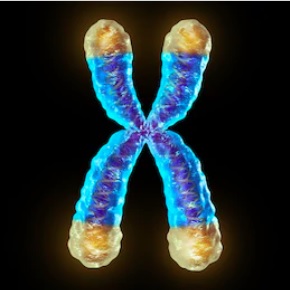Biomarker: Trolox equivalent antioxidant capacity and telomere length of Thai elderly people with frailty
DOI:
https://doi.org/10.17532/jhsci.2019.737Keywords:
frailty, elderly, biomarker, total antioxidant capacity, telomereAbstract
Introduction: Thailand has a rapidly aging population; assessing frailty earlier with biochemical markers could identify many adverse outcomes such as disability, hospitalization, and death. We aimed to examine the correlation between Trolox equivalent antioxidant capacity (TEAC), thiobarbituric acid reactive substances (TBARS), and telomere length and frailty for elderly people in Northern Thailand.
Methods: A cross-sectional study was performed between May 2017 and March 2018 with a total of 350 elderly aged 60 and older for frailty phenotype assessment by five frailty criteria including unintentional weight loss, exhaustion, slowness, low physical activities, and grip strength weakness. Twenty-eight subjects in both the frailty and non-frailty groups were analyzed for basic clinical parameters, including plasma TEAC, TBARS, and telomere length.
Results: Alanine aminotransferase activity, albumin concentration, cholesterol level, and telomere length were significantly low in the frailty group. The albumin level, TEAC, and telomere length were significantly higher between the ages of 60 and 75 years compared to those with non-frailty over 75 years of age. Likewise, albumin and cholesterol levels were significantly higher in the frailty group aged 60–75 years. Albumin concentration, cholesterol level, TEAC, and telomere length were significantly higher in the non-frailty group when compared to the frailty group aged 60–75 years, but no significant difference was found among these biochemical parameters of frailty and non-frailty whose age was above 75 years.
Conclusion: The reduction of albumin concentration, cholesterol level, TEAC, and telomere length supports the underlying mechanism of frailty screened by the frailty phenotype tool in a specific age range. However, further analyses with multi-parameters must be validated before the application in clinical diagnosis for frailty.
Downloads

Downloads
Published
License
Copyright (c) 2019 Jetsada Ruangsuriya, Penprapa Siviroj, Pisittawoot Ayood, Krongporn Ongprasert, Navakoon Kaewtunjai, Somdet Srichairatanakool, Wirote Tuntiwechapikul, Jiraporn Chittrakul

This work is licensed under a Creative Commons Attribution 4.0 International License.










